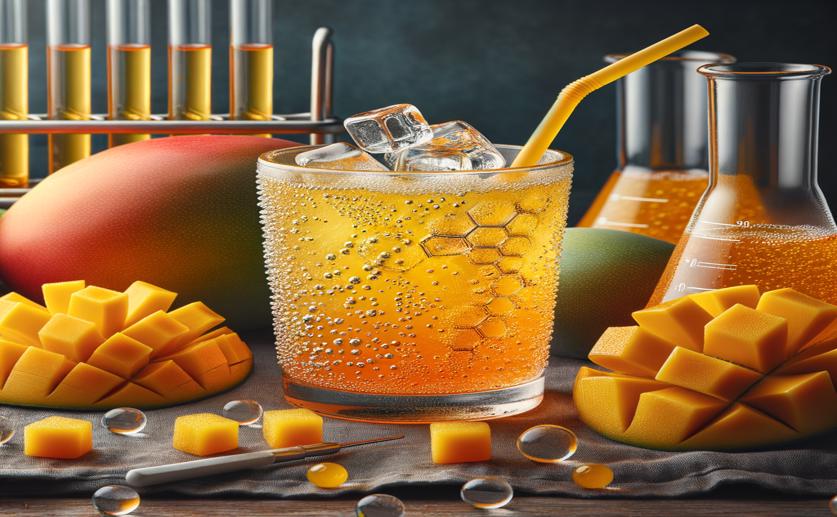
How Mango Aroma Enhances Sweetness in Low-Sugar Drinks: A Sensory Study
Jenn Hoskins
2nd June, 2024

Image Source: Natural Science News, 2024
Key Findings
- Researchers at China Agricultural University found that mango aroma can enhance the sweetness of low-sugar beverages
- The optimal combination for sweetness was 4.28% sucrose and 0.57% mango flavor, while the most effective reduction was achieved with 2.24% sucrose and 0.25% mango flavor
- Mango aroma allowed for a 32.14% reduction in sugar content while maintaining the desired sweetness, unlike garlic aroma which did not enhance sweetness perception
References
Main Study
1) The effect of mango aroma in low-sugar beverage: A sensory study on odor induced sweetness enhancement.
Published 1st June, 2024
https://doi.org/10.1016/j.foodres.2024.114451
Related Studies
2) Selecting odorant compounds to enhance sweet flavor perception by gas chromatography/olfactometry-associated taste (GC/O-AT).
3) Bitter, Sweet, Salty, Sour and Umami Taste Perception Decreases with Age: Sex-Specific Analysis, Modulation by Genetic Variants and Taste-Preference Associations in 18 to 80 Year-Old Subjects.
4) What Aristotle didn't know about flavor.



 2nd April, 2024 | Greg Howard
2nd April, 2024 | Greg Howard